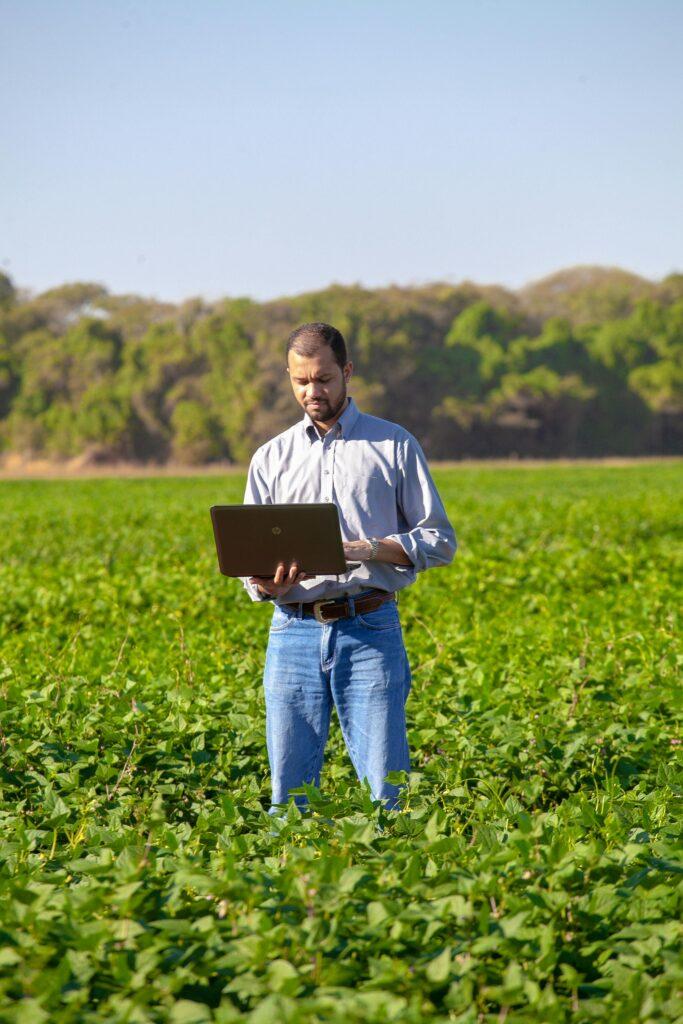Introduction:
The landscape of agricultural procurement is rapidly evolving, driven by technological advancements and changing market dynamics. In this detailed guide, we will explore the transformative potential of digital technologies in agricultural procurement, empowering procurement managers to optimize their processes, mitigate risks, and drive value for their organizations. From e-procurement platforms to blockchain technology and artificial intelligence, we will delve into the key components of digital transformation and their implications for the agricultural sector.
E-Procurement Platforms: Streamlining Procurement Processes
E-procurement platforms have emerged as a cornerstone of digital transformation in agricultural procurement, offering a centralized solution for managing sourcing, vendor management, and transactional processes. These platforms enable procurement managers to digitize and automate procurement workflows, from requisition to payment, improving efficiency and reducing manual errors.
By implementing e-procurement platforms, organizations can streamline supplier onboarding, standardize procurement workflows, and enforce compliance with internal policies and regulatory requirements. These platforms also facilitate real-time collaboration with suppliers, enabling seamless communication and negotiation of contracts and pricing.
Supply Chain Visibility Tools: Enhancing Transparency and Traceability
Supply chain visibility tools play a crucial role in enhancing transparency and traceability across the agricultural supply chain. Leveraging technologies such as IoT sensors, RFID tags, and GPS tracking devices, procurement managers can gain real-time insights into the movement of goods, inventory levels, and supplier performance.
By integrating supply chain visibility data with procurement systems and analytics platforms, organizations can optimize inventory management, demand forecasting, and logistics planning. These tools also enable proactive risk management by identifying potential disruptions and enabling timely interventions to mitigate their impact.
Blockchain Technology: Transforming Trust and Transparency
Blockchain technology holds immense promise for transforming trust and transparency in agricultural procurement. By creating immutable records of transactions and tracking product provenance, blockchain enables stakeholders to verify the authenticity and integrity of agricultural products throughout the supply chain.
Implementing blockchain-based solutions allows organizations to enhance traceability, mitigate the risk of counterfeit products, and comply with regulatory requirements such as food safety standards and organic certifications. Smart contracts powered by blockchain technology automate procurement processes, reducing administrative overhead and minimizing the risk of disputes.
Artificial Intelligence and Predictive Analytics: Driving Informed Decision-Making
Artificial intelligence (AI) and predictive analytics are revolutionizing decision-making in agricultural procurement, empowering organizations to make data-driven decisions with greater precision and confidence. AI-driven algorithms analyze vast amounts of procurement data to identify patterns, trends, and opportunities for optimization.
By harnessing the power of AI and predictive analytics, procurement managers can forecast demand more accurately, optimize inventory levels, and identify cost-saving opportunities. These technologies also enable proactive risk management by predicting potential supply chain disruptions and enabling timely interventions to mitigate their impact.
Mobile Procurement Solutions: Enabling Anytime, Anywhere Access
Mobile procurement solutions are transforming the way procurement professionals interact with procurement systems and processes. By providing users with real-time access to procurement data, workflows, and approvals via mobile devices, these solutions enhance productivity and agility in procurement operations.
Mobile procurement applications enable users to perform tasks such as requisition creation, supplier communication, and approval routing on the go, reducing cycle times and improving responsiveness. These applications also support barcode scanning, electronic signatures, and push notifications, further streamlining procurement processes and enhancing user experience.
Change Management and Training: Fostering Adoption and Proficiency
Effective change management and training are essential for successful digital transformation in agricultural procurement. Organizations must communicate the benefits of digital transformation, address concerns and resistance to change, and provide comprehensive training and support to users.
By investing in change management initiatives and training programs, organizations can ensure that procurement professionals are equipped with the skills and knowledge needed to leverage digital technologies effectively. Ongoing training and professional development opportunities keep procurement staff abreast of advancements in digital procurement and enable them to drive continuous improvement in procurement operations.
Conclusion:
Digital transformation is reshaping agricultural procurement, offering unprecedented opportunities for efficiency, transparency, and innovation. By embracing e-procurement platforms, supply chain visibility tools, blockchain technology, artificial intelligence, mobile procurement solutions, and effective change management practices, organizations can unlock new levels of efficiency and competitiveness in the agricultural marketplace.
With a strategic approach to digital transformation and a commitment to continuous improvement, procurement managers can lead their organizations into the digital age and drive lasting change. By harnessing the power of digital technologies, procurement managers can optimize procurement processes, mitigate risks, and drive value for their organizations in the fast-paced and dynamic agricultural sector.

